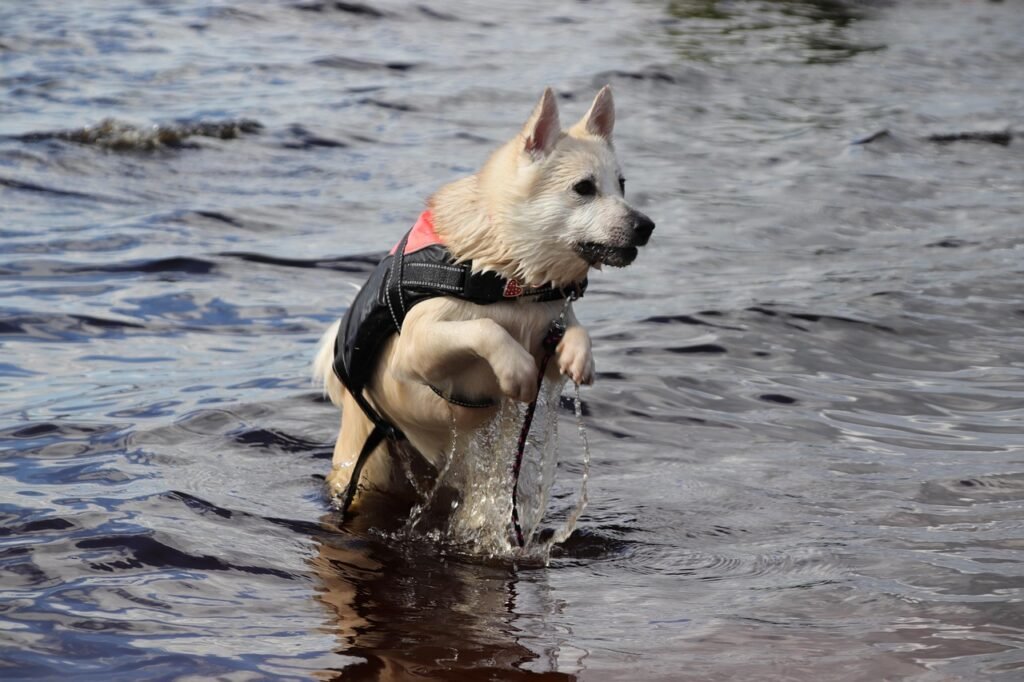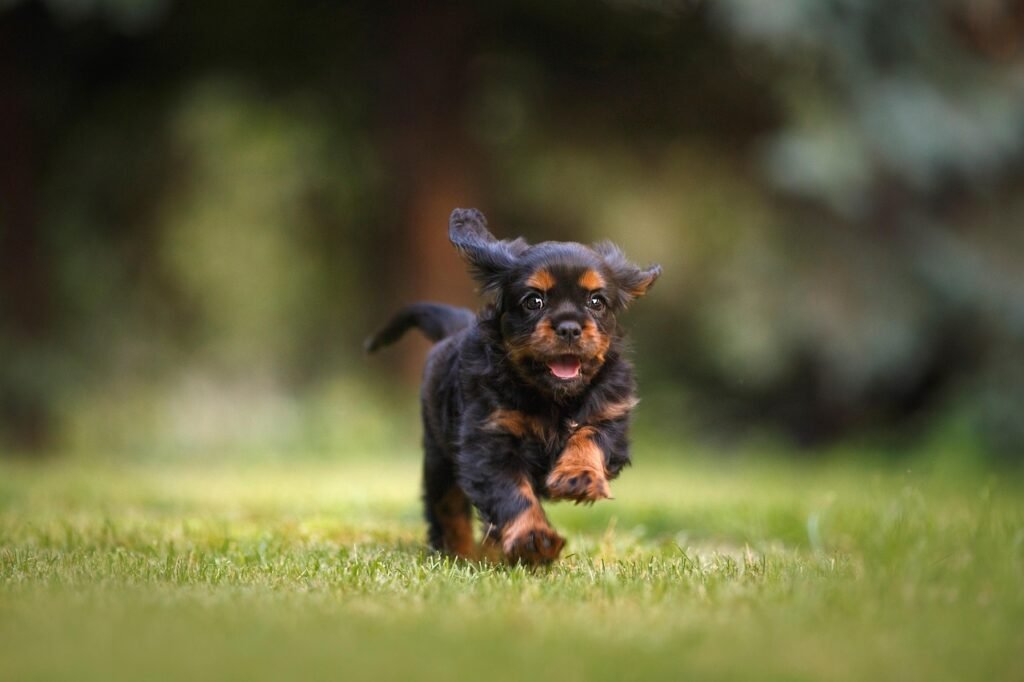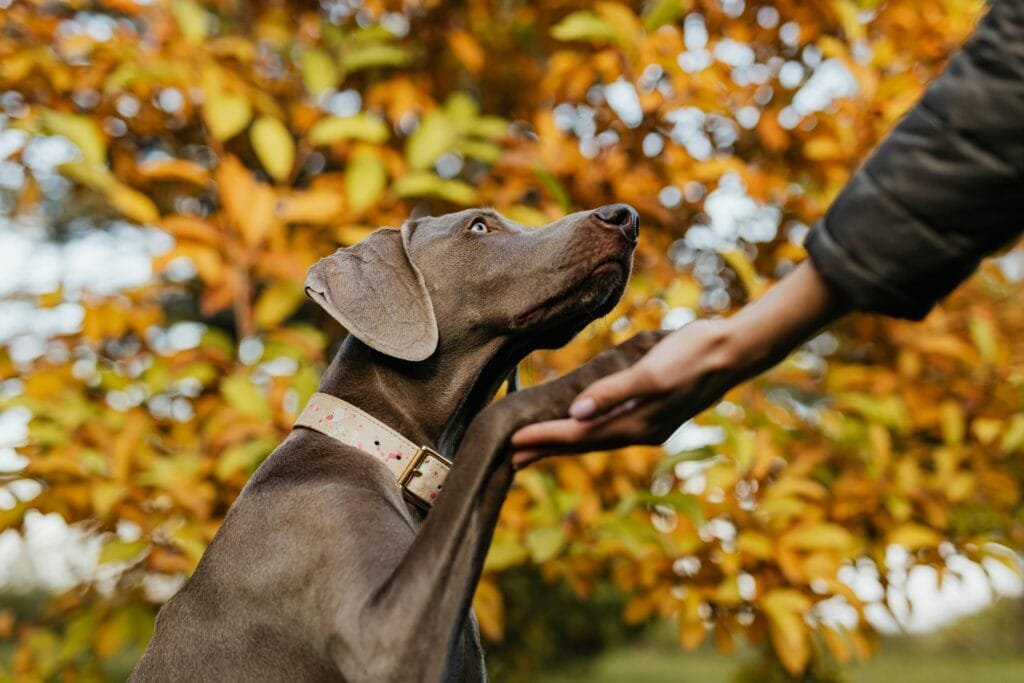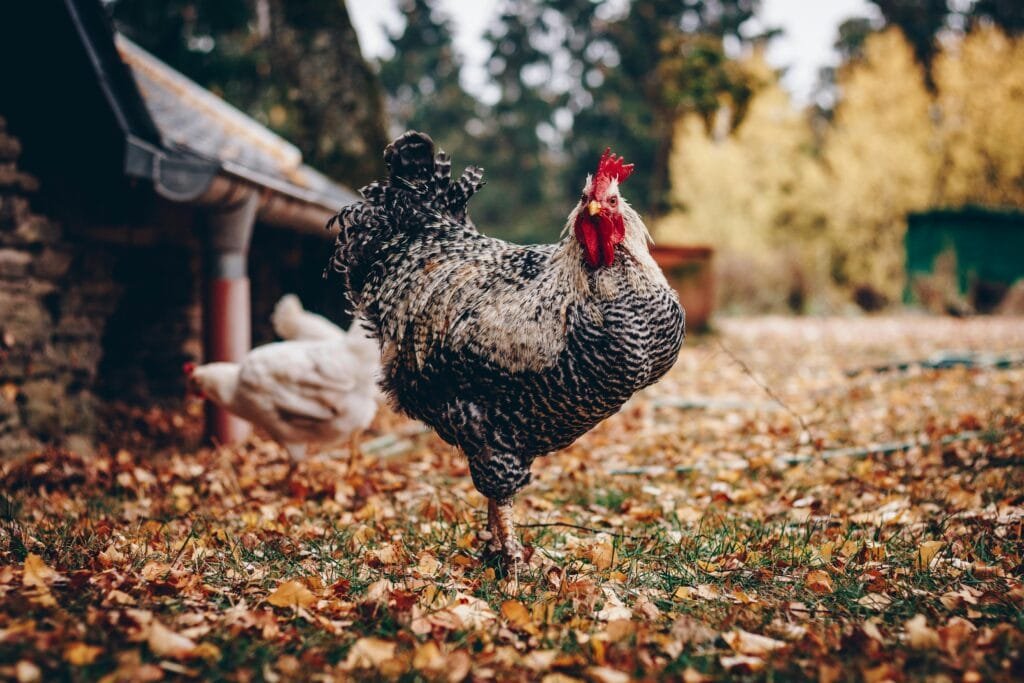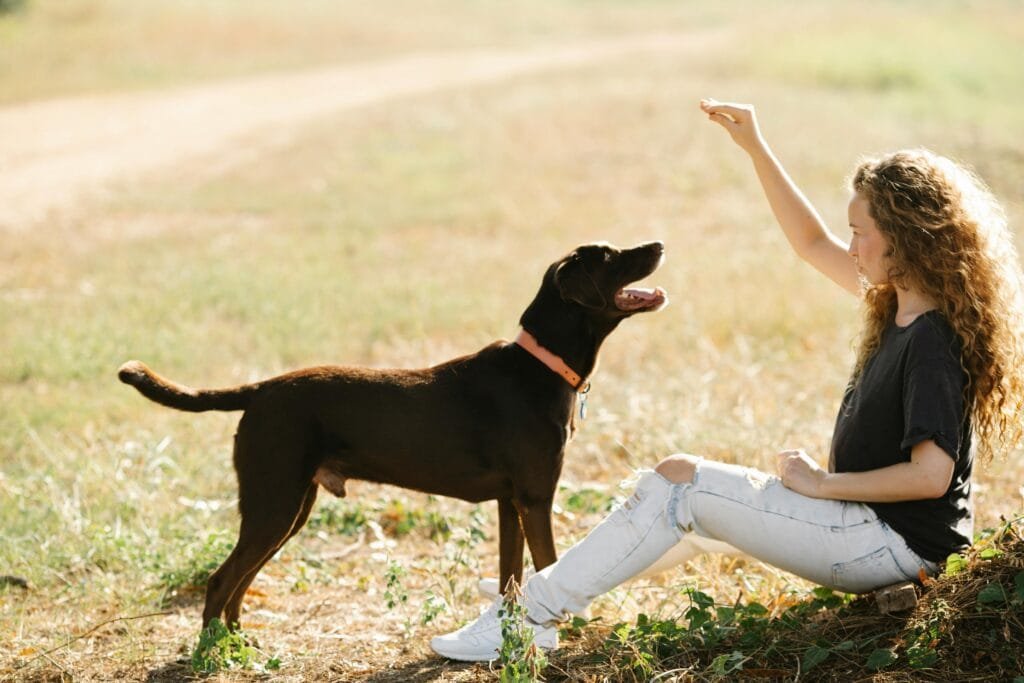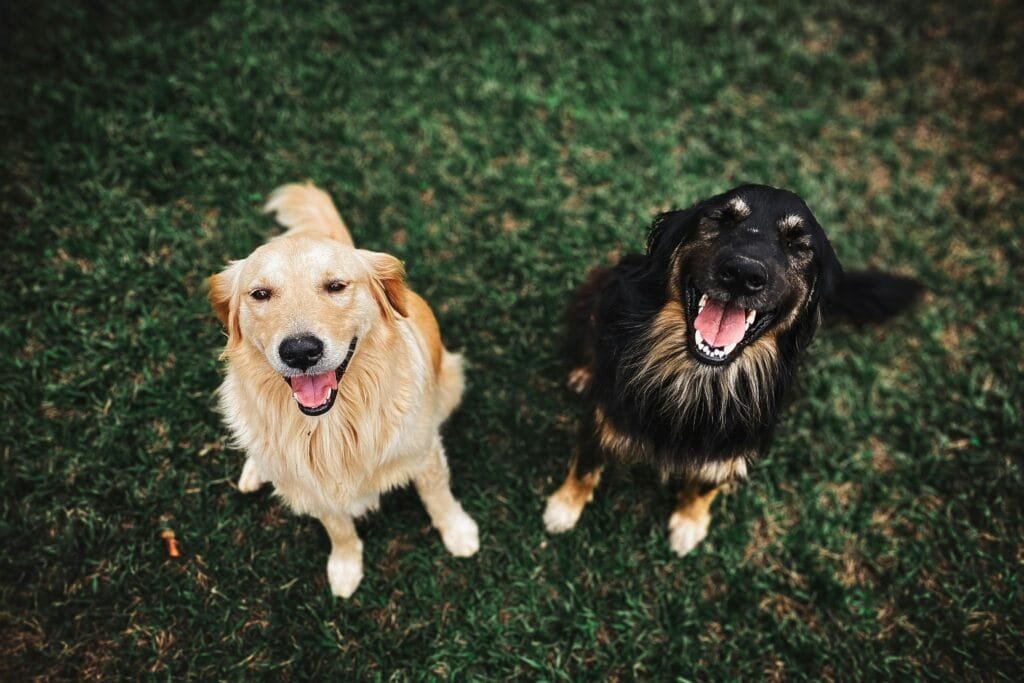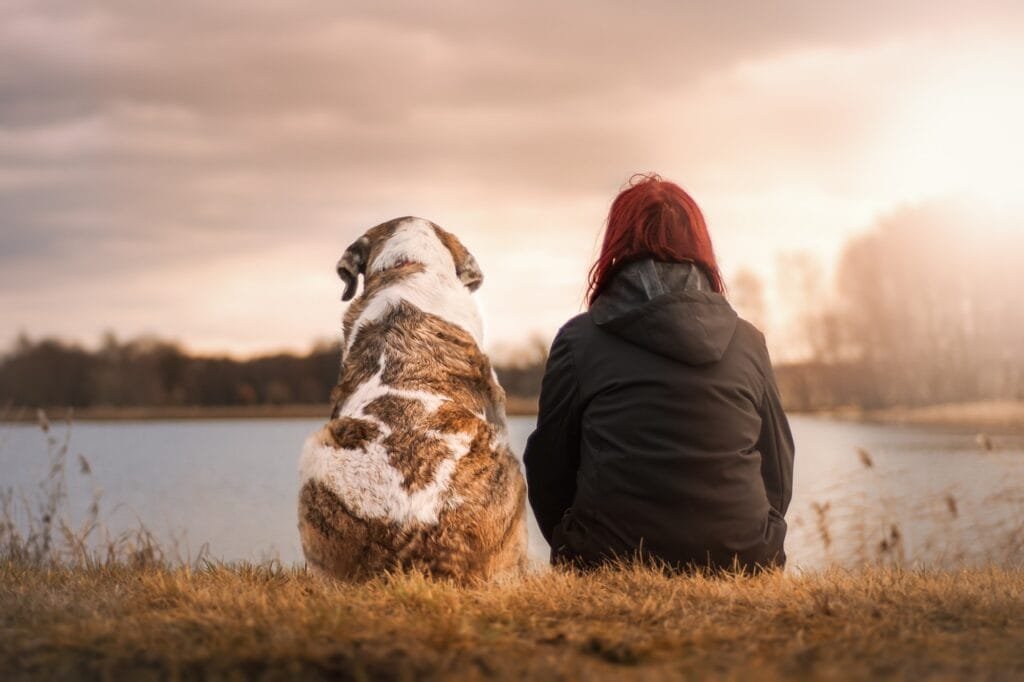Positive Reinforcement Training
Positive reinforcement training is a science-based method that strengthens desired behaviours by rewarding them. Rather than focusing on correcting mistakes, this approach encourages learning by clearly marking and reinforcing what the dog does right. It is widely recognized by animal behaviour experts as the most humane and effective way to teach both basic cues and complex skills.
At Belle & Bark, positive reinforcement is the foundation of every training plan we build. This tag features resources that explain how to use rewards to motivate your dog, improve communication, and build long-term reliability. You’ll find practical tips on choosing the right reinforcers, delivering them with good timing, and maintaining consistency across different environments.
We also explore common challenges, such as dogs who lose interest in treats, overexcited learners, or training plateaus. Our content offers clear solutions while reinforcing the importance of patience, engagement, and emotional safety.
Whether you’re training a new puppy, helping a rescue dog adjust, or working on fine-tuning advanced behaviours, positive reinforcement training creates a learning environment that builds trust and cooperation. It empowers dogs to make good choices while keeping training enjoyable and low-stress for both guardian and pet.
Explore this tag to gain deeper insight into how positive reinforcement works and how to apply it thoughtfully in your daily training practice.

